4 Reasons Why Makers Should Diversify Where They Sell
Editor’s Note: We’re excited to welcome Sharon Fain (co-director of Academy of Handmade and Dear Handmade Life sponsorship manager) to our blog to share about the importance of diversifying your selling platforms. When I started my handmade business over a decade ago, selling options were extremely limited. We had craft shows, wholesale sales, online sales through your own website and that was pretty much it. Now, makers have lots of online and in-person selling avenues. You may feel overwhelmed thinking about dividing your efforts to sell on a new platform but there are so many reasons why diversifying your sales avenues can create longevity for your business. And, Amazon Handmade is a great platform to consider. To be honest, I hadn’t thought about selling our new line of tees and pins on Amazon Handmade until we were recording some commercials for them for our podcast and I learned that there were zero upfront costs and no monthly fees to get our products in front of Amazon’s 250 million customers worldwide! Sure, it takes a bit of time to set up a new online shop but if you already have the basics in place (photos, product descriptions etc.) like we do, it’s pretty quick and the makers I know who have Amazon Handmade shops say the maintenance is low compared to their sales – creating a high ROI. One of our goals for 2019 is to set up our own Amazon Handmade shop. If you’re interested too, you can learn more here.
-Nicole S.
The handmade marketplace has changed quite a bit since Dear Handmade Life started, with our first event Patchwork Show in 2007. For one thing, people were finally just getting comfortable with online selling, makers were still figuring out how to price for their new audience who was hungry for their products, and it seemed like makers had minimal competition plus lots of people longing for unique, handmade goods. Fast forward to today when makers are far more sophisticated about selling, handmade seems little less unique and sites like Etsy are incredibly competitive.
In the last couple years in particular it feels like a lot of changes have happened that have really upended how a lot of makers look at their business. And I’ve noticed that the makers who are able to weather these changes best have been the ones who have strategically diversified their businesses. All of their selling eggs aren’t in one marketplace, so to speak.
How are people weathering these changes? Several makers I know have had tremendous success selling on Amazon Handmade. Some even have their Amazon Handmade shop surpassing their long-open Etsy shops in sales. But it can be intimidating to make the leap into a new marketplace, even though it can be very rewarding.
Here are four reasons you might want to consider adding a new selling platform like Amazon Handmade to your income streams:
#1 Reach New Audiences and More People
Just like you wouldn’t only sell wholesale in ONE retail shop, limiting where you sell online to only one place can have you missing out on audiences that would have never known you otherwise!
Think of these places as advertisement for your product beyond immediate selling propositions. It is a new place to gain SEO. It’s a new place to have an influencer, gift guide or buyer stumble onto your product. Especially on a site like Amazon Handmade, where the SEO is really strong.
#2 Weather Platform Ups and Downs
Whether it’s been good or bad for you, Etsy has become a very different place. It’s changed a lot. Same with the craft show scene. Even how wholesale is conducted has changed a lot in the last few years and continues to change!
These changes are inevitable. The good thing is that the more diversified your selling outlets are, the better chance you’ll have of weathering that. A platform like Amazon Handmade can help create a steady stream of sales, even if it doesn’t become your primary place to sell online.
#3 Push a Growth Mindset
On a recent episode of our Dear Handmade Life Podcast, we talked with Megan Auman about multi-avenue marketing (which is a lot of what selling in different places is– see point #1). A lot of the conversation revolved around experimenting and figuring out what works for you.
This naturally stretches you and your business to help create a growth mindset. While putting yourself out there in a new avenue can feel intimidating, if you do it enough it becomes old hat. Other bigger challenges don’t seem so scary!
#4 Understand Your Business from a New Perspective
Putting yourself into a new business avenue can give you perspective you never had! You can see your product through the eyes of new customers and better hone in on what you offer. Each interaction with new customers gives you a little bit more data about your product, marketing and service. This means better products and ways of selling.
While we can’t predict what will happen next or prevent changes in the market, we can guard against being negatively surprised by them by creating a diversified business.
What have your experiences been with diversifying your business? Let us know in the comments!
P.S. – Stay tuned for our next post in new selling platforms for makers on January 18, 2019 when we’ll share some tips for makers getting started selling on Amazon Handmade.
Click here if you want more information about selling on Amazon Handmade.

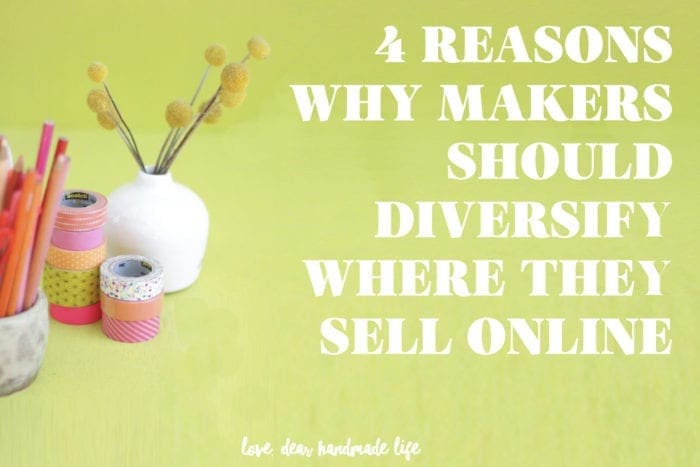
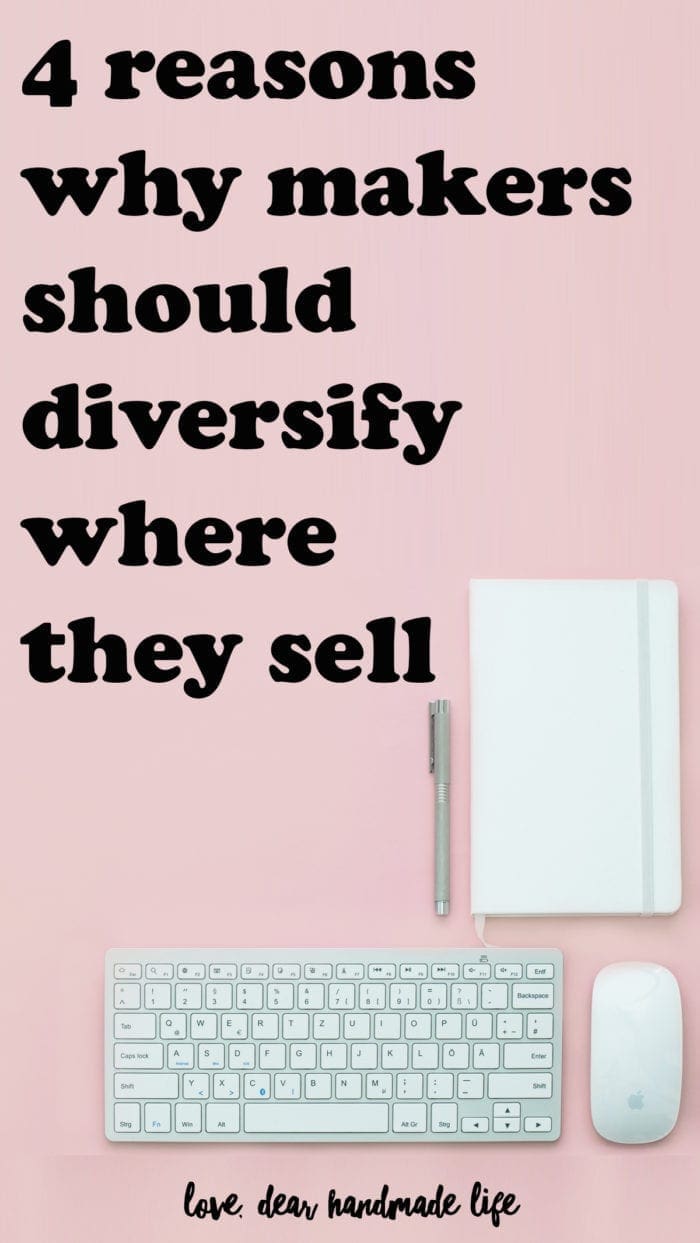
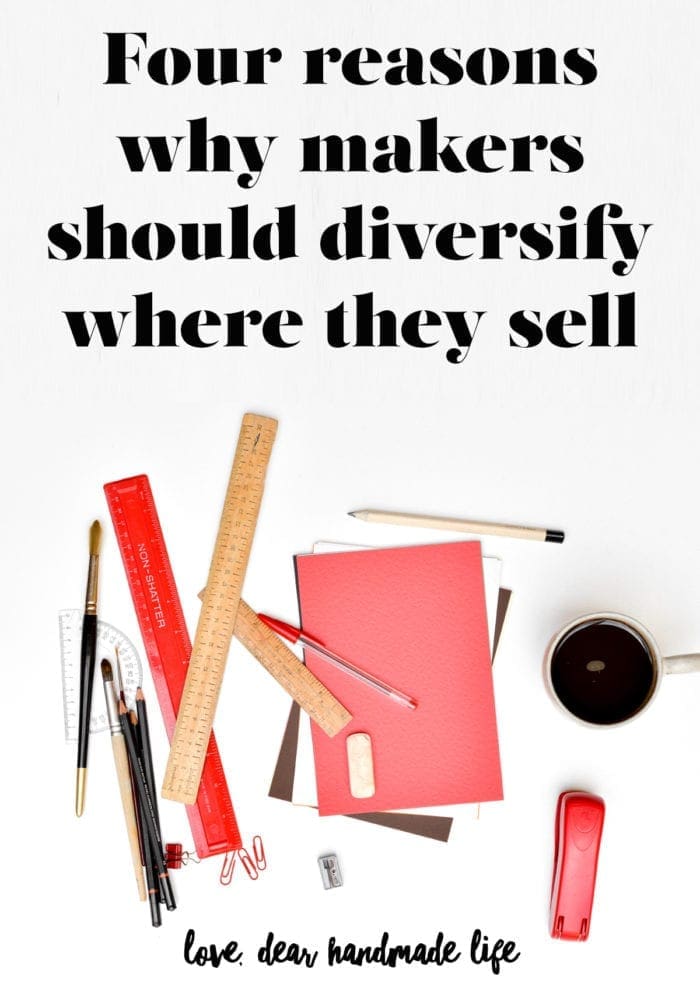
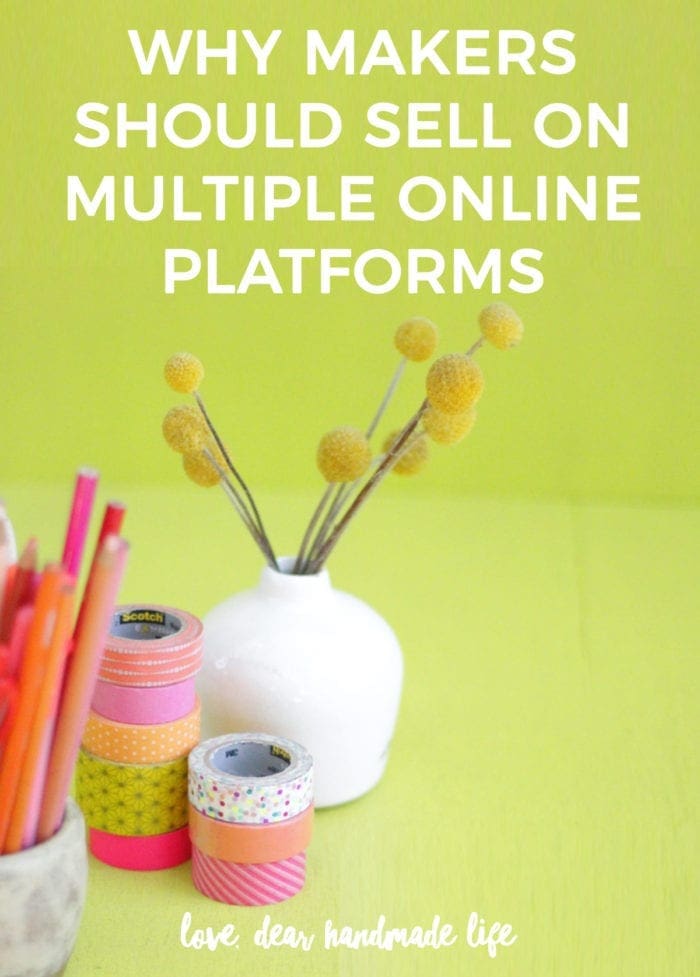
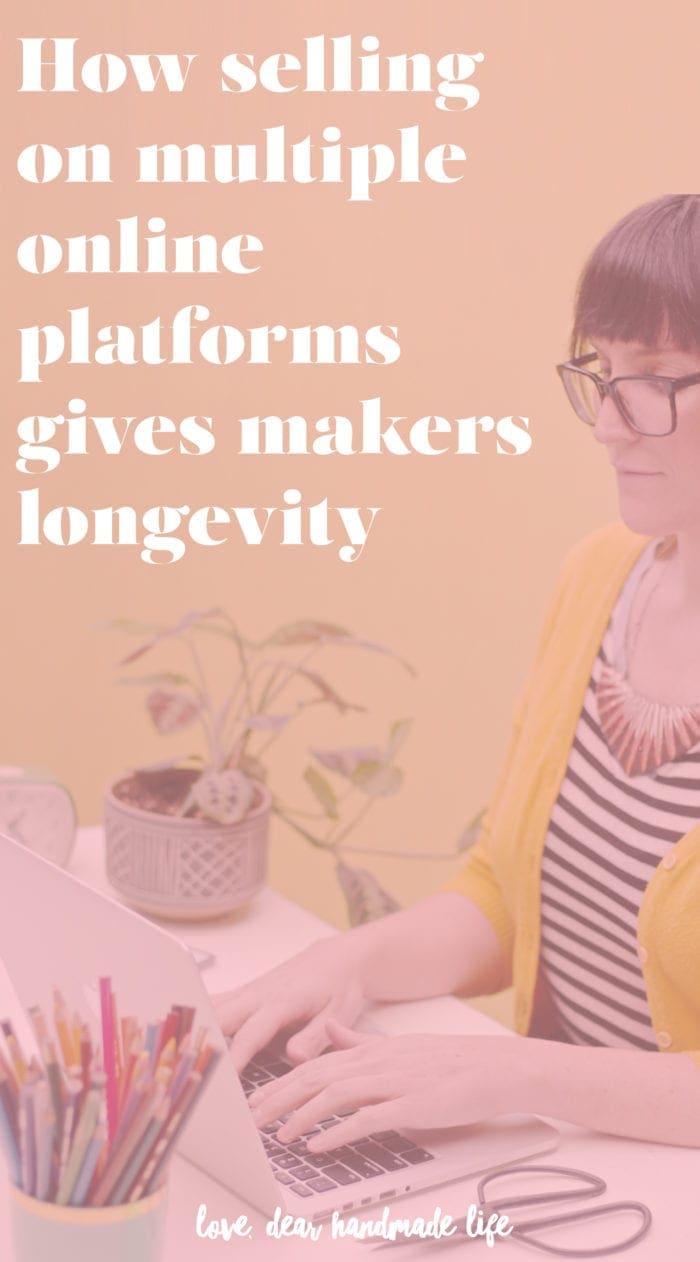

Thank you for the 2 articles I read. I am a suffering Etsy seller for the last year as the changes they have made have lessened my sales by 75% and I am looking for a platform to increase my sales.